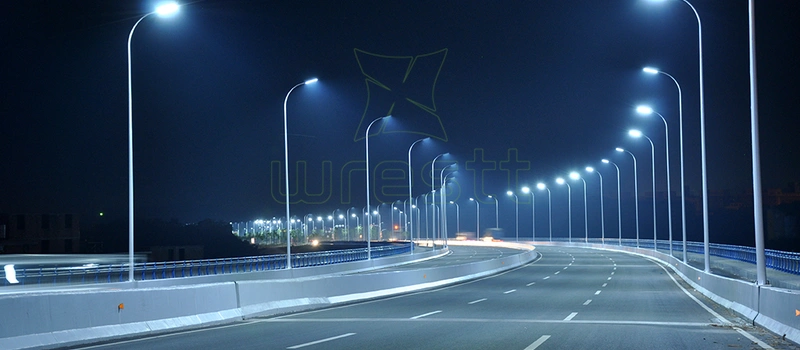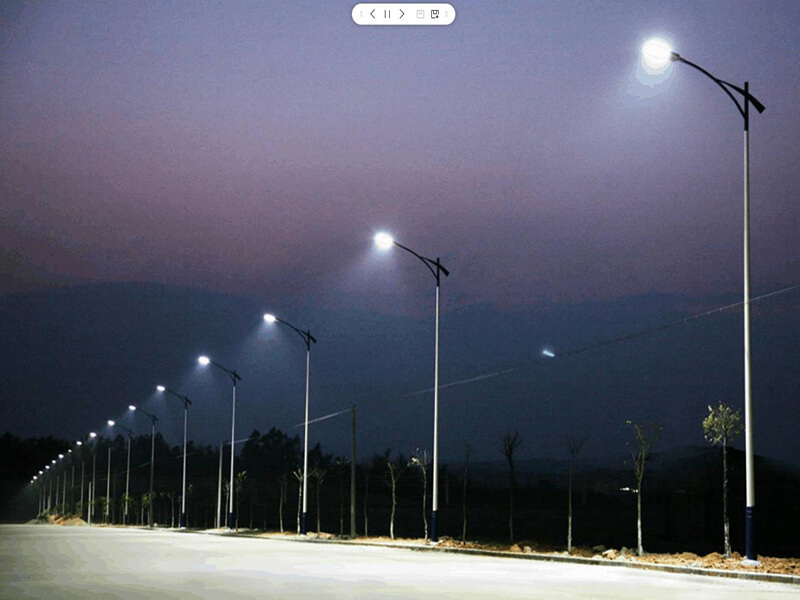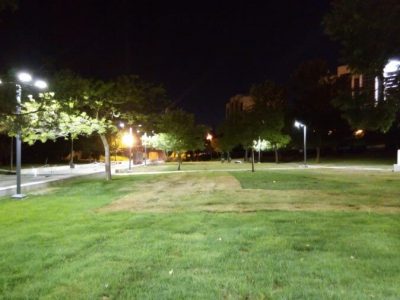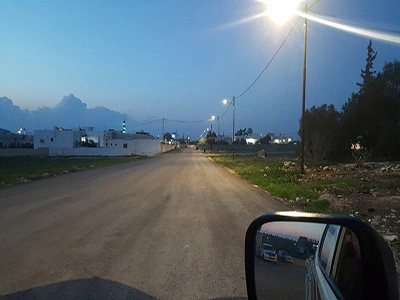Introduction:
Why are street lights purple? People usually react in one of two ways when streets glow purple at night.
Some sci-fi fans might imagine it as the beginning of an alien invasion or the world’s end. But others look for a more down-to-earth explanation: our everyday street lights change color. These lights, which we typically don’t notice, have become striking in our cities.
In this article, we will reveal why this color-changing phenomenon occurs. Don’t worry — the reason isn’t alien invasion, just simple science.
Why are Street Lights Turning Purple?
People across America started noticing something strange in their neighborhoods. Their streetlights, which used to shine bright white or warm yellow, were turning purple.
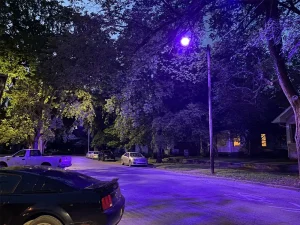
Not surprisingly, it left many people confused and curious. The main reason? There is a problem with how some LED lights were made.
LED streetlights use two parts to make white light: blue diodes and a yellow phosphor coating. When these work together, they create bright, clear light that lights up the surroundings. However, when this phosphor layer fails or degrades, blue light from the diode leaks out. It will mix with the remaining yellow coat if left unchecked to create a purple or violet glow.
This change doesn’t happen all at once. The coating slowly wears away, so lights turn purple without warning or any repair work.
What Makes the Coating Wear Away?
If you asked a professional, “Why are street lights purple?“, they would point to several causes.
Weather plays a big role. Hot and cold temperatures, sunlight, and rain can wear down the coating faster. When a city faces all these weather conditions, its street lights might turn purple faster. This explains why some cities see more purple lights than others, even when they bought them from the same company.
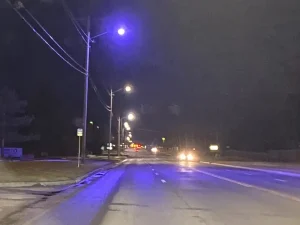
Another reason street lights turn purple is quality control issues during production. Streetlights are so common that we often take them for granted.
Cities need quick replacements when lights stop working, and the process is usually smooth and fast.
Most of the responsibility falls on the companies making these lights. They need to produce them quickly to meet city demands. When there is a rush in the production process, some mistakes may arise. For instance, they might skip important tests that show how the lights hold up in real weather conditions.
In rare cases, improper installation or voltage irregularities may worsen the phosphor degradation. But these aren’t the main reasons lights turn purple — they just worsen existing problems.
Why are Street Lights Purple? Is The Change Harmless?
Beyond looking mysterious, purple street lights can cause real issues in our daily lives.
The main reason we install streetlights is to improve visibility. Drivers and pedestrians require good lighting to stay safe. But purple lights don’t light up areas as well as white lights do. These fixtures emit light in a limited portion of the color spectrum. As a result, they create darker areas and shadows that can hide potential dangers. This directly affects road safety, especially in adverse weather conditions.
An unusual purple glow on the road can also distract drivers who are unaccustomed to the color. It could pull their attention from the road and cause dangerous situations. Research shows that unexpected changes in lighting can slow down reaction times and make it harder to focus while driving.
Purple lights cause problems for security too. Police worry that these lights make it harder to see details in security camera footage. This makes it more difficult to identify people or vehicles during investigations.
Moreover, people living near purple lights often have trouble sleeping. Many residents complain that the unusual purple glow comes through their windows, making it hard to rest. This lack of sleep can lead to tiredness and impact their health over time.
In addition, these lights influence animals in significant ways too. Wildlife ecologists say the purple light disrupts their nighttime behavior more than regular street lights. This disruption manifests in various ways, changing how animals feed, mate, and move around. For example, purple lights might confuse birds during migration or affect insect populations, which could reduce plant pollination.
Why are Street Lights Purple: How It All Began
The purple light problem began during a big change in street lighting. Cities started transitioning from old-style high-pressure sodium lights (the yellow-orange ones) to LED technology. This change made sense because LED lights use 50 to 70% less energy than traditional lights. Moreover, LED lights provide better visibility than the old yellow-orange glow. As a result, some argue that LED lights are more effective in improving safety and security.
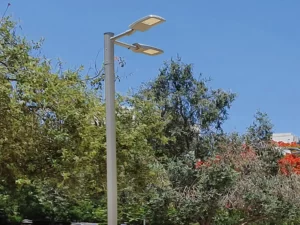
Government funding through federal programs and energy-saving grants helped cities make this switch quickly. However, the rush to change could have led to manufacturing issues. As cities ordered more and more LED lights, companies had to speed up production to meet the growing demand. Therefore, the purple lights we see now are an unexpected result of this quick change to better technology.
Conclusion
Yes. Purple street lights present real challenges. But they’ve also taught cities valuable lessons about managing large-scale infrastructure changes.
Cities now demand better quality testing from manufacturers. They also include stricter warranty requirements in their contracts, which helps reduce errors. These changes will protect cities as they update their lighting systems.
The situation also highlights how everyday technology affects our lives in unexpected ways.
A simple change in light color can impact wildlife patterns. It can disturb people’s sleep. It affects entire communities. These effects remind us to think carefully about upgrading city technology.
Most purple lights will return to their intended white glow as cities replace them. Until then, the next time you spot a purple-lit street, you’ll know the real story behind this accidental light show.
So, when someone next asks, “Why do street lights turn purple?” You can give them a more logical answer. However, it could be fun to entertain the notion of an alien invasion.


